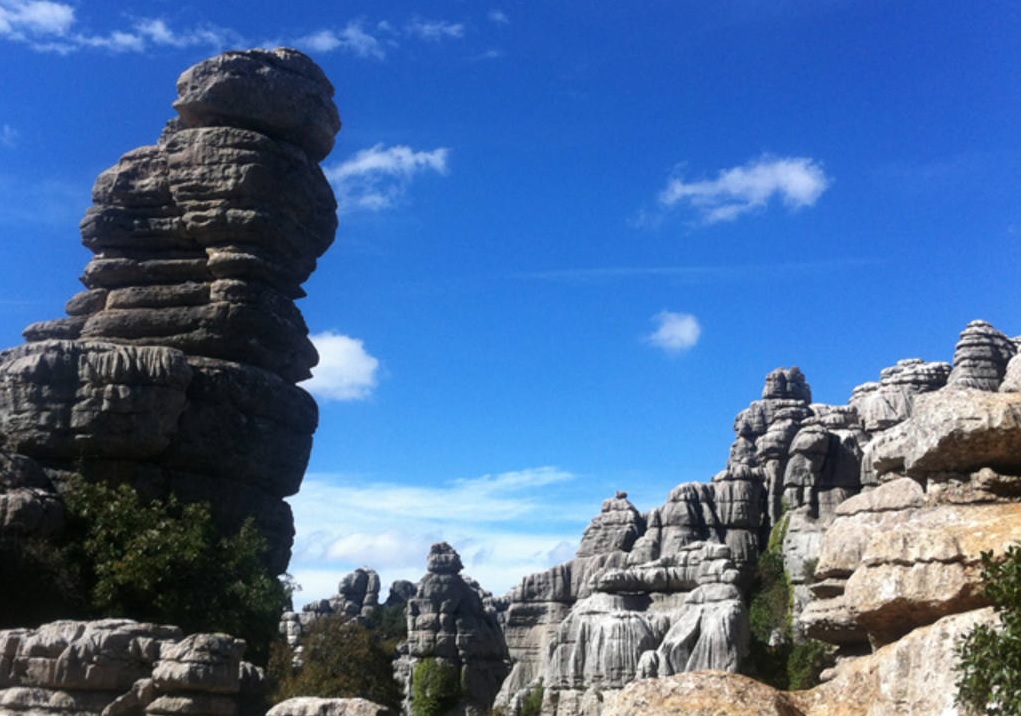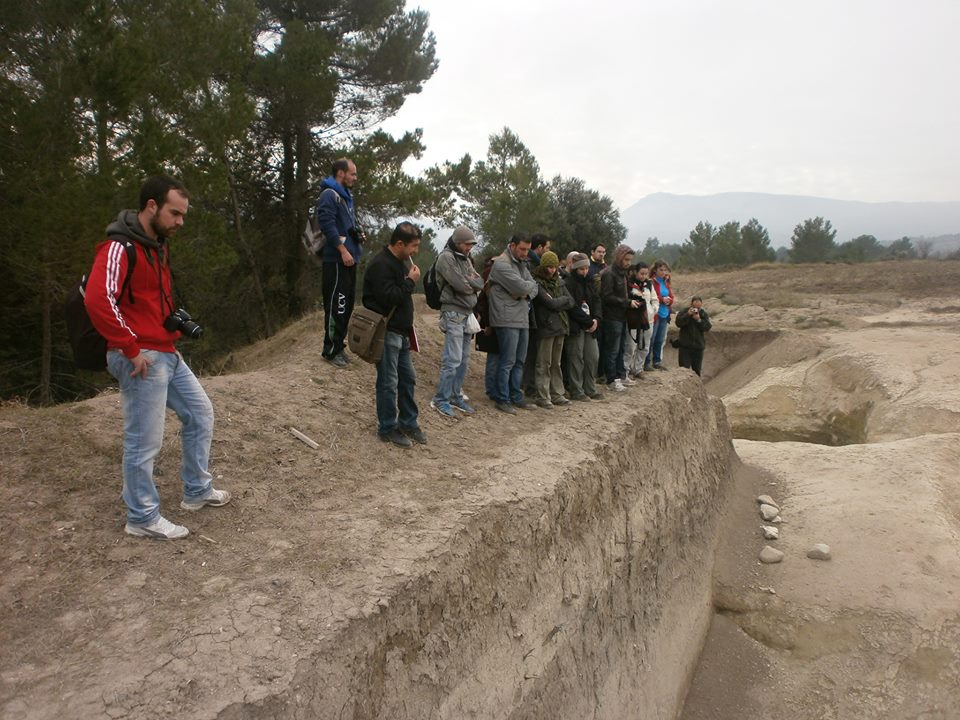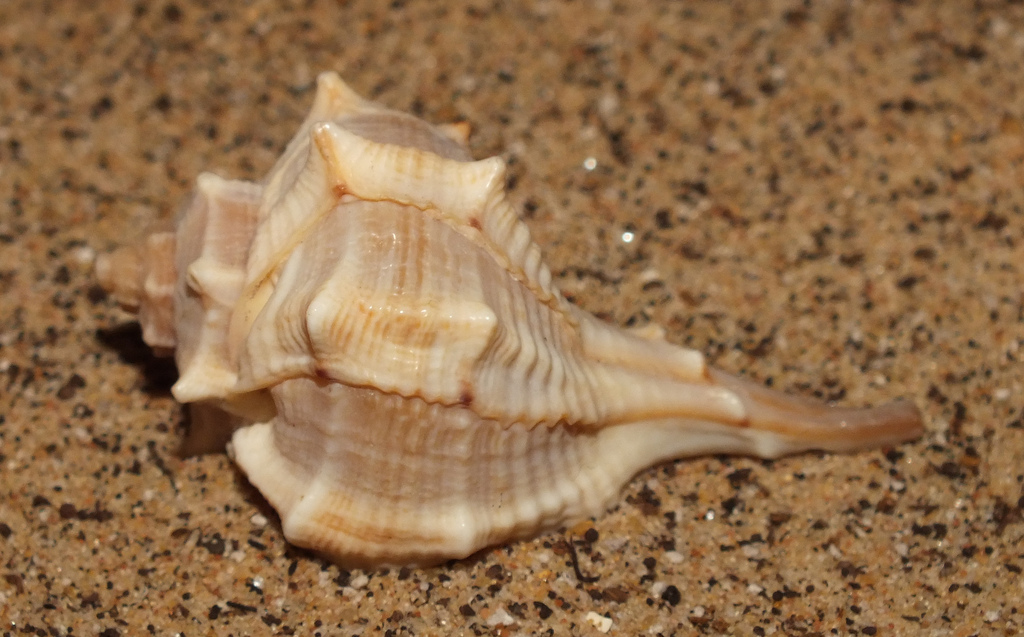
The Antequera Dolmens, in the city of Antequera, were declared World Heritage Site by UNESCO last Friday. It is the fifth European megalithic monument in UNESCO’s list, but the first one in the mainland, since the four already registered are located in Malta, England, the Orkney Islands and Ireland.
18 july 2016
It was this Friday 15 July when the UNESCO’s committee, reunited in Istanbul, approved the candidacy of the Antequera Dolmens as UNESCO World Heritage Site. This candidacy included the Dolmen of Menga, the Dolmen of Viera and the Tholos de El Romeral, in addition to the Peña de los Enamorados and El Torcal, the natural spaces that surround them.
The ensemble is positioned as one of the most recognised European Megalithic exponents. It is dated from more than 6 000 years ago and its building was carried out by the first settlers in what nowadays we call Andalusia. It was precisely the Regional Government of Andalusia who has pursued the inscription of the Antequera Dolmens Site in the UNESCO World Heritage List.
The Antequera Dolmens Site has an “exceptional universal value”
As the Ministry of Education, Culture and Sport informs, the decision made by the UNESCO World Heritage Committee has been influenced by the guidance of its advisory body ICOMOS (International Council on Monuments and Sites), whose report manifests that the Antequera Dolmens site has an “exceptional universal value”.
The Antequera Dolmens Site is characterised as a cultural heritage in series that comprises three megalithic monuments: the Dolmen of Menga, the Dolmen of Viera and the Tholos (funerary chamber) de el Romeral, as well as two natural monuments: The Peña de los Enamorados and the Torcal de Antequera. This is one of the oldest and most original known forms of landscape monumentalisation through the integration of megalithic architecture and nature in the worldwide Prehistory, a fact that goes back to the beginning of fourth millennium BC.
It was built during the Neolithic and the Bronze Age and for its building were used large stone blocks. Its uses were both ritual and funeral. Antequera megaliths are an exceptional example of the European Megalithic.
The interaction of the megalithic monuments with nature is evidenced in the depth of the wells located within Menga, a fact that emphasizes the originality of this prehistoric funerary and ritual landscape. The three tombs are examples of the traditional megalithic funeral architecture of the Iberian Peninsula, given the unique nature of their designs.
The Megalithic, which has developed in the last hundred thousand years all around the world in many different conditions, connects societies from very distinct times and spaces, being therefore a worldwide phenomenon. It should also be noted that during Prehistory, Antequera was as a natural crossing of seas and continents, a fact that led it to become a meeting point between peoples and different cultures. The mentioned crosses were the ones that gave rise to some exceptional architectural models and a culture based on the majestic interaction with the landscape.










